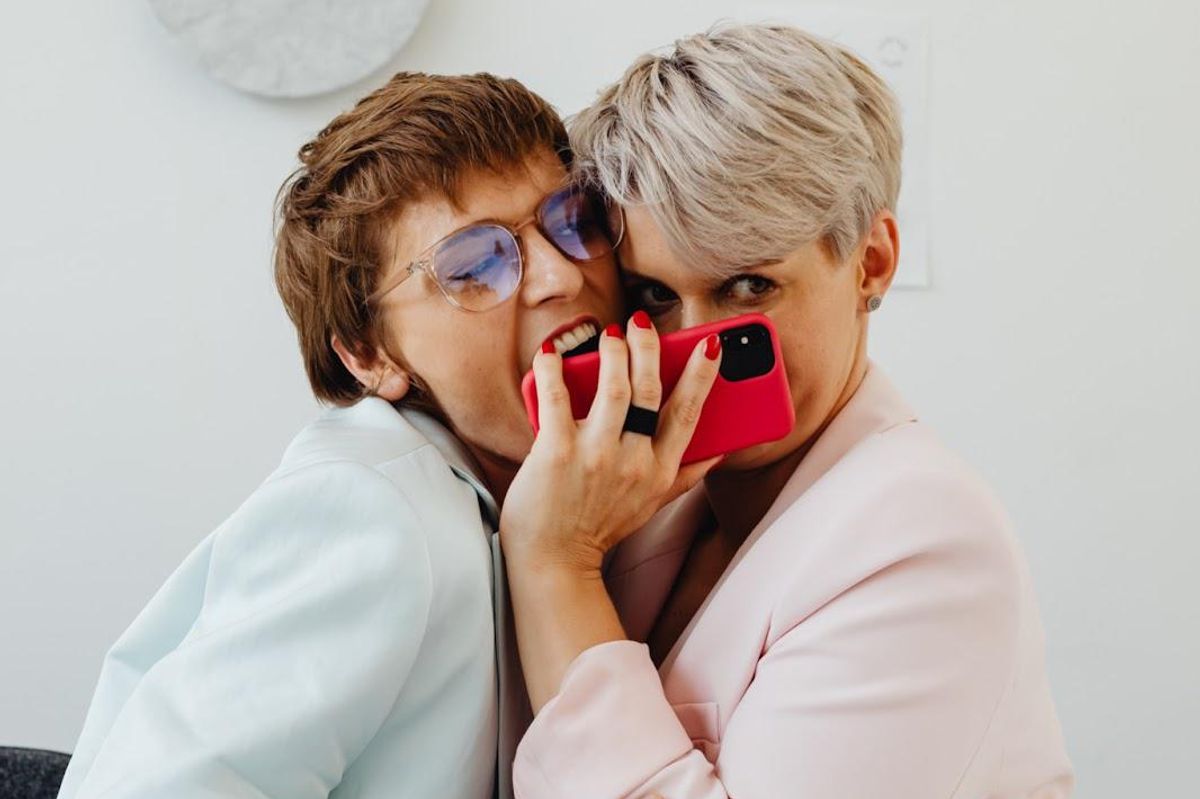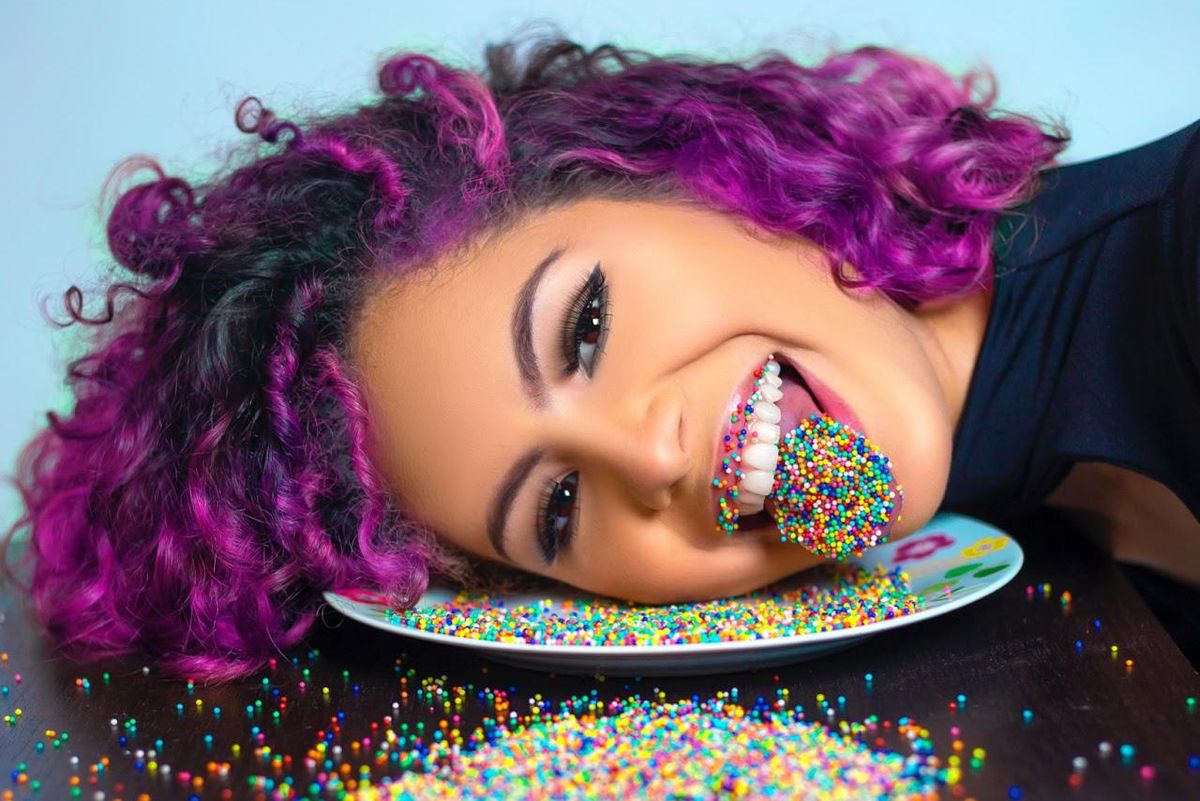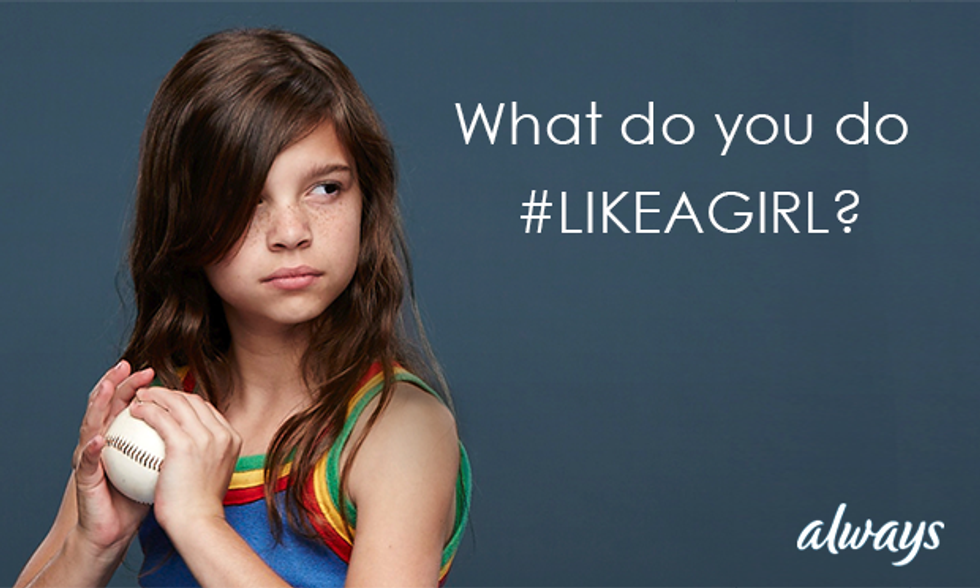
People buy emotionally, even if they don’t realize it, and then justify their decision rationally. In fact, 50% of brand experiences are based on emotions.
Creating an emotional bond with consumers requires more than good marketing. Let’s dive deeper into what emotional branding is, the advantages, an example, and how to start creating this for your organization.
Listen To The Article
It’s Time To Get Emotional

Photo by Cleyton Ewerton from Pexels
Emotional branding focuses on forming a relationship between your audience and your brands by tapping into emotions that elicit a consumer response. Emotional branding plays into humans' natural desire for love, power, emotional security, and ego gratification.
Why Emotional Branding?
There are several advantages to emotional branding.
- Competitive Differentiation: separating you from the masses
- Premium Positioning: what you charge becomes far less relevant
- Strong Brand Recognition: when you leave an emotional impact on your audience, your brand and your content will stick in their hearts and minds (source)
- Builds Brand Loyalty: a study showed that customers who have an emotional relationship with a brand have 306% higher lifetime value and will likely recommend the brand at a rate of 71% rather than the average rate of 45%
- Increased ROI: audience engagement increases which in turn increases CTA, lead generation, conversions, and, consequently, ROI
As you can see, emotional branding can have a significant impact on the success of your business.
Emotional Branding In Action

Let’s look at how P&G’s Always has emotionally optimized its brand successfully.
Always has become the strongest female empowerment brand on a mission to boost girls' and women’s confidence. Back in 2014, Always started to lose relevance with 16-24 year olds as competitors started to engage young women at a more emotional level. To reconnect with its young consumer base, Always had to stand for more than just protection. Confidence was at the core of their brand equity but they needed to move from a rational proposition to an emotional one. Through exploration, Always found that puberty is a time of confidence crisis in girls, and using the phrase "like a girl" is an insult, implying whatever a young woman does is not good enough. This changed when Always brought to life the award-winning #LikeAGirl campaign. The campaign’s objective was to change what "like a girl" means, being who you want to be and not letting anything and, in particular, the fact that you are a girl, stand in your way. The results were as follows:
- 90M+ views, #2 viral video globally
- 1.1K+ earned media placements and 4.4B+ media impressions in the first three months
- Always Twitter followers tripled in the first three months; Always YouTube channel subscribers grew 4,339%
- 177K #LikeAGirl tweets in the first three months, including many celebrities
- Higher than average lift in brand preference; claimed purchase intent grew more than 50% among target
- In a study conducted in December 2014, almost 70% of women and 60% of men claimed that “the video changed my perception of the phrase ‘like a girl.’” source
How To Create Emotional Branding

Photo by Kindel Media from Pexels
Here are six steps to creating a strong emotional connection with your brand:
- UNDERSTAND YOUR AUDIENCE: The only way you can touch the hearts of your audience is to understand their feelings, emotions, and behaviors on a more personal level. This is done by collecting insights and connecting those insights to your brand.
- INSPIRE WITH CONTENT & STORYTELLING: Provide quality original content that inspires, empowers, and entertains. Storytelling makes consumers part of the story and helps convert their understanding of your value proposition.
- BE A PLATFORM: Make your site the hub of your digital marketing universe. Engage and surround your customers with a variety of media types through social and mobile channels. You need to be everywhere your customers are consuming information.
- BECOME A LIFESTYLE BRAND: Understand who your customers are, what drives them, and what your product/service means to them in their lives. Determine what business you are truly in today. For example, Apple is a lifestyle and Samsung is a device.
- BE AUTHENTIC: Consumers want authenticity. Your brand must be true, transparent, and trustworthy in order for consumers to want to associate with it. Develop a unique voice and tone. Be real and true to the brand. Have an online persona. Bring real insights with your content. Insight comes when it’s told in such a captivating way that makes consumers stop and say, “This brand gets me.”
- LEVERAGE USER GENERATED CONTENT: Reach out to your customers and ask them to submit videos, blogs, comments, and online reviews. Consumers are more likely to trust products that are recommended by their friends. And when consumers contribute something to your brand, it makes them feel connected. More importantly, it turns customers into brand advocates who will spread the word through their social connections.
In summary, consumers just want to feel understood, have their problems solved, and be spoken to directly. Brands that leverage the power of emotion will have an advantage over their competitors. By using emotional branding, you can unlock a deeper relationship with your customers, converting them into an advocate and evangelist for your brand. Start building your brand leadership today. You’ve got this!
- How To Connect With Consumers On An Emotional Level - Work It ... ›
- 5 Trends Disrupting Consumer Branding In 2022 - Work It Daily ›
- The Importance Of Branding For Your Business - Work It Daily ›
- 4 Ways To Build Customer Loyalty - Work It Daily ›
- Effective Marketing: Why "Buy My Product" Looks Desperate - Work It Daily ›
- How To Create A Tagline That Packs A Punch - Work It Daily ›
- 5 Powerful Ways To Inspire Emotion With Storytelling - Work It Daily ›
- How Challenger Brands Can Steal The Thunder - Work It Daily ›
- The Lean Startup Marketing Formula - Work It Daily ›
- 5 Lessons From Pharmaceutical Marketing In Dermatology - Work It Daily ›
- 20 Tips For Marketing Unsexy Brands - Work It Daily ›

 Bigstock
Bigstock Bigstock
Bigstock Bigstock
Bigstock


